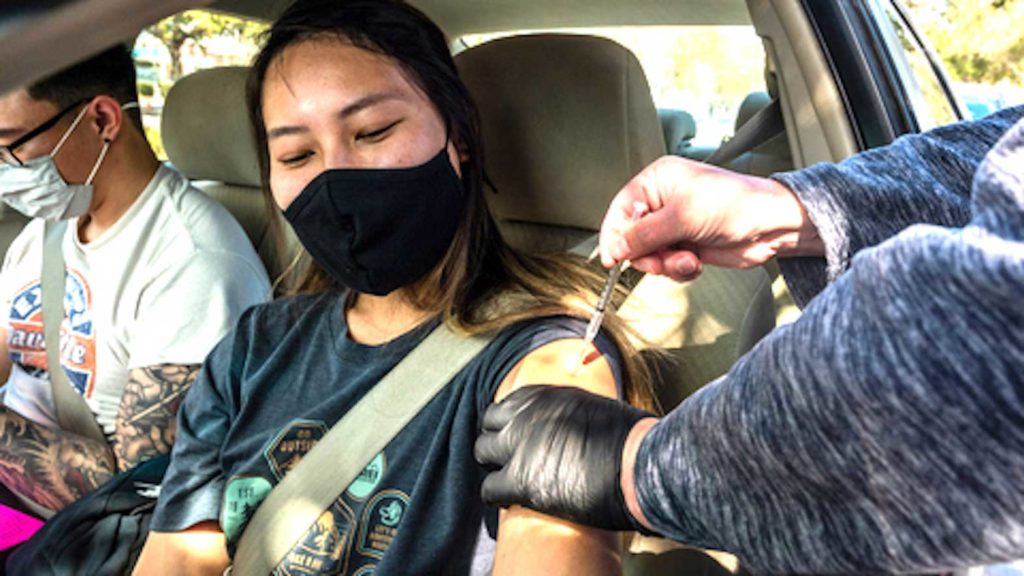Sacramento County vaccine rollout in full swing

County Public Health officials said they will ensure equity in a vaccine distribution system that will stretch to include hardest to reach areas. SCREENSHOT
SACRAMENTO – The anti-COVID-19 vaccine rollout in Sacramento County is in full swing in partnership with local community-based organizations in anticipation of new variants and possible surge in cases.
The rollout was announced at a recent video conference briefing by Sacramento County’s “Fight to Control COVID-19: An Overview By Health Care Experts and Reports from the Frontlines.”
Among the speakers at the briefing were County Health Officer, Sacramento County Public Health Dr. Olivia Kasirye, COVID-19 Health Equity Lead, Sacramento County Public Health Mike Nguy, La Familia Counseling Center Executive Director Rachel Rios, Sacramento Native American Health Center (SNAHC) Chief Executive Office Executive Director Britta Guerrero and Asian Resources Executive Director Stephanie Nguyen.
County Public Health officials said they will ensure equity in vaccine distribution that will stretch to include hardest to reach areas. As of March 29, the county had administered 583,080 doses with 382,966 partial and 200,114 full vaccinations.
There are also efforts to convince groups whose members are hesitant to get the vaccine due to religious, political, and other personal reasons.
The weekly SCPH vaccine allocation comprises 15,210 (51.4%) Pfizer doses; 8,500 (28.7%) Moderna doses; and 5,900 (19.9%) Johnson and Johnson-Janssen vaccines for a total of 29,610 weekly vaccine allocations.
County Health Officer Kasirye explained that the young people from ages 20-29 had the most number of cases of infection as they are the most mobile.
However, Kasirye added although that the 80+ age group is at the lowest in number of cases, they comprise the highest number of deaths with 731 and that 50% of them are in long-term care facilities.
The other age groups with most number of deaths include 70-79 (372 deaths), 60-69 (291 deaths) and 50-59 age group (128 deaths).
As to disparities according to geographic location in the underserved communities, Kasirye assured that they will provide wrap-around services as soon as they receive money to respond to their needs.
Health Equity Lead Nguy, said that Sacramento County Public Health is working closely with community partners to ensure equity with community popup sites and community vaccine clinics.
“Community-based organizations and trusted messengers are who we worked with closely to reach those with digitally-challenged, to those that cannot register online and those with language barriers,” Nguy explained.
“People are worried about leaving their homes,” she lamented, sharing that her elderly parents were recently subjected to racist language when they got into a car accident.
Guerrero said that urban Native Americans living in Sacramento County may have MediCal cards but may not know how to access health care and need assistance in navigating the benefits process.
“Most patients suffer two or more chronic conditions, putting them at much greater risk of being hospitalized or dying from COVID. Besides, there is no ability for them to social distance at home and many people stay at home rather than coming to the hospital,” Guerrero rued.
Rios, whose La Familia Counseling Center serves Latinos in Sacramento County, said, “They are the ones going to work. They didn’t have the opportunity to telecommute and to stay home. They had to show up for work or lose their jobs.”
Rios added that many Latinos feared accessing health care because of the public charge rule which they believed would have jeopardized their immigration status. The rule was thankfully dismissed recently by the Supreme Court

